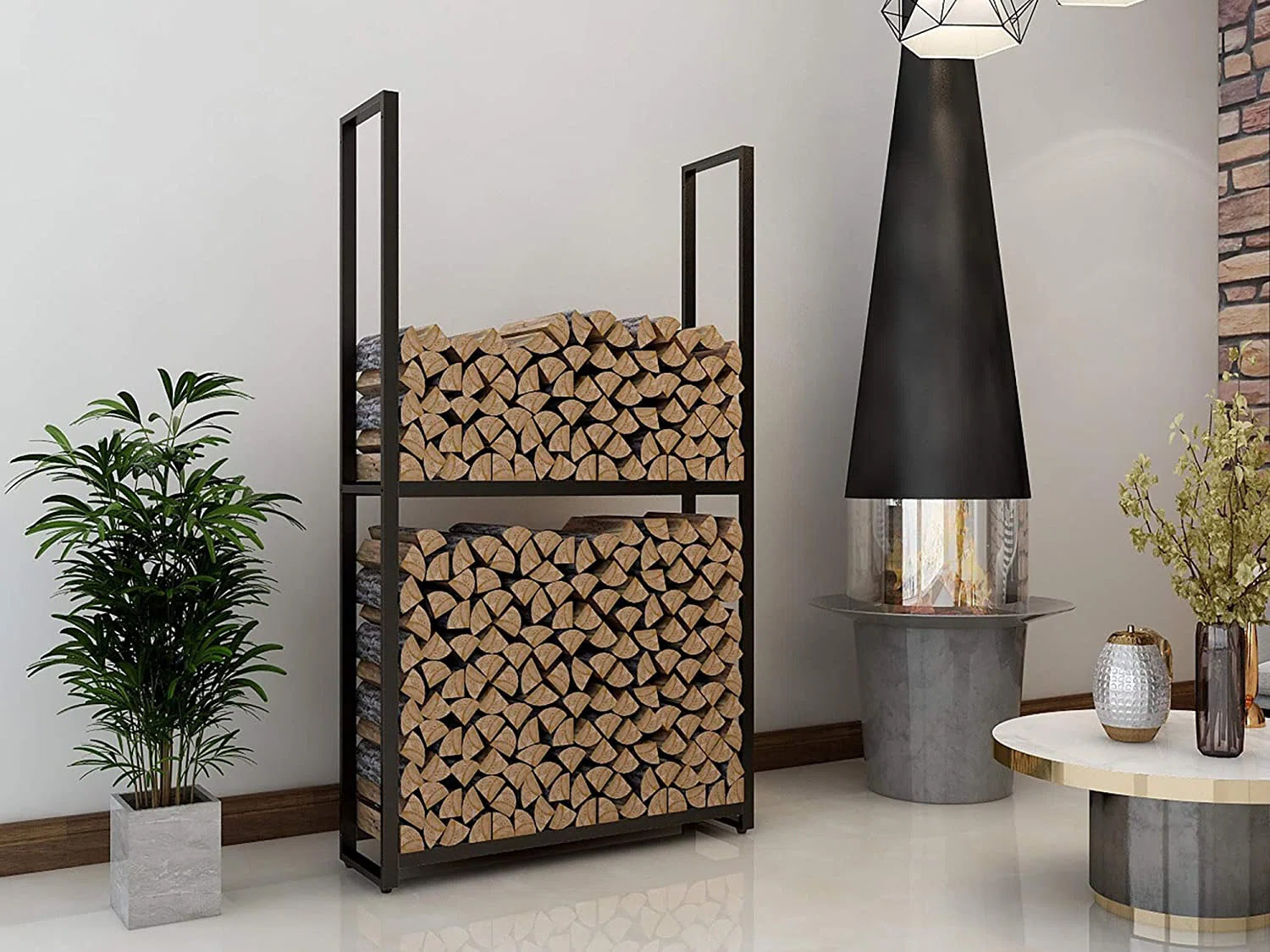

Articles
How To Store Firewood Indoors
Modified: August 31, 2024
Learn the best practices for storing firewood indoors. Our informative articles provide expert tips and advice to keep your firewood dry and ready to burn.
(Many of the links in this article redirect to a specific reviewed product. Your purchase of these products through affiliate links helps to generate commission for Storables.com, at no extra cost. Learn more)
Introduction
Welcome to the world of cozy warmth and crackling fires. There’s nothing quite like the comforting embrace of a roaring fire on a chilly winter evening. But, to ensure that you have a steady supply of firewood ready to go, it’s important to know how to store firewood indoors properly. This article will guide you through the process, from choosing the right firewood to organizing and maintaining your indoor firewood storage area.
Storing firewood properly not only ensures that it remains dry and ready to burn, but also helps prevent pest infestations and ensures the safety of your home. By following a few simple guidelines and taking some precautions, you can enjoy the benefits of indoor firewood storage without any hassle.
In this article, we will explore various aspects of storing firewood indoors, including choosing the right firewood, preparing the storage area, organizing the firewood pile, maximizing airflow, protecting against pests, keeping the firewood dry, and regular maintenance and inspection.
So, let’s dive into the wonderful world of indoor firewood storage and learn how to keep your firewood in perfect condition for your cozy winter evenings.
Key Takeaways:
- Choose dense, low-moisture, locally sourced firewood for efficient burning and a cozy ambiance. Prepare a well-ventilated storage area, organize the woodpile, and protect against pests to ensure a steady supply of dry, high-quality firewood.
- Elevate firewood, maximize airflow, and monitor moisture levels to keep your indoor firewood dry and ready to burn. Regular maintenance and inspection are essential for ensuring the longevity and safety of your firewood storage area.
Read more: How To Store Firewood In Garage
Choosing the Right Firewood
When it comes to storing firewood indoors, selecting the right type of wood is crucial for optimal burning and minimal smoke. Here are some factors to consider when choosing the right firewood:
- Density: Opt for hardwoods like oak, maple, or birch, which are denser and burn longer than softwoods like pine or spruce. Denser woods produce more heat and require fewer logs to keep your fire going.
- Moisture Content: It’s important to choose firewood with low moisture content, ideally below 20%. High moisture content leads to inefficient burning, excessive smoke, and the potential for creosote buildup in your chimney. Seasoned firewood, which has been dried for at least six months, is the best choice.
- Size: Select firewood that fits easily into your fireplace or wood stove. Cut the logs to a length that allows for proper airflow and easy stacking.
- Local Availability: Consider using firewood that is readily available in your area. Local sources reduce transportation costs and the risk of introducing invasive pests or diseases from foreign wood.
- Sustainability: Choose firewood sourced from sustainably managed forests or from renewable resources. This helps conserve natural resources and supports responsible forest management practices.
- Appearance: If you value the aesthetics of your indoor firewood storage, consider the color and texture of different wood species. Some types of wood, like cherry or birch, have beautiful grain patterns that can enhance the visual appeal of your indoor storage area.
By considering these factors, you can choose firewood that burns efficiently, produces less smoke, and creates a pleasant ambiance in your home. Remember to purchase firewood well in advance of the heating season to allow ample time for proper drying and seasoning.
Preparing the Indoor Storage Area
Before you start stacking your firewood indoors, it’s important to prepare the storage area to ensure the safety and longevity of your firewood. Here are some steps to follow:
- Clean the Area: Clear out any debris, dust, or flammable materials from the storage area. Sweep the floor and remove any potential fire hazards.
- Choose a Suitable Location: Find a convenient and well-ventilated area to store your firewood. Ideally, the storage area should be near a door or an entrance for easy access when you need to bring in more wood. Also, ensure that the area is away from direct sunlight and moisture sources.
- Use a Firewood Rack: Invest in a sturdy and reliable firewood rack or storage system. Firewood racks elevate the wood off the ground, allowing for better airflow to prevent moisture buildup. It also helps in organizing and stacking the wood neatly.
- Line the Floor: To protect your indoor surface from scratches and moisture, consider lining the floor with a protective material, such as a tarp or a waterproof mat. This will help prevent any potential damage to your flooring.
- Leave Space: Allow for enough space between the wall and the firewood stack to promote airflow and prevent any potential dampness or mold growth. This also provides easy access for inspection and maintenance.
By following these steps, you will create a suitable and safe environment for storing firewood indoors. A well-prepared storage area helps in maintaining the quality of your firewood and ensures that it’s readily accessible when you need it.
Organizing the Firewood Pile
Now that you have a properly prepared storage area, it’s time to organize your firewood pile. Organizing the pile not only maximizes the use of space but also helps with airflow and easy access to the wood. Here are some tips on how to organize your firewood pile:
- Stacking Method: Start by choosing a stacking method that works best for your space and needs. The two most common methods are the crisscross (or interlocking) method and the parallel (or side-by-side) method. The crisscross method creates a stable and sturdy stack, while the parallel method allows for easy access to individual logs.
- Stack Height: Aim for a stack height that is manageable for you to reach and retrieve wood without difficulty. A stack that is too high can be unstable and unsafe, while a stack that is too low may not optimize the use of vertical space.
- Log Orientation: Place the logs with the cut ends facing outwards to allow for better airflow. This helps in drying any remaining moisture in the wood and reduces the risk of mold or rot.
- Aligning Logs: Align the logs as evenly as possible to create a stable and balanced stack. This not only looks neater but also prevents any risks of the pile collapsing.
- Separate by Size: If you have different sizes of firewood, consider stacking them separately. This makes it easier to retrieve logs of the desired size for your fire and ensures that you use them efficiently.
By following these tips, you can create an organized and efficient firewood pile that is easy to manage and looks aesthetically pleasing. Remember to regularly restack the pile to maintain its stability and prevent any potential hazards.
Maximizing Airflow
Proper airflow is essential for storing firewood indoors. It helps in the drying process, prevents the growth of mold or mildew, and reduces the risk of pests infesting your woodpile. Here are some ways to maximize airflow around your firewood:
- Elevate the Stack: Using a firewood rack or pallets to elevate the firewood off the ground allows air to circulate freely underneath the pile. This helps in preventing moisture buildup and keeps the wood dry.
- Allow Space: Leave enough space between the logs when stacking them. This promotes air circulation and speeds up the drying process. Avoid tightly packing the logs together, as this can restrict airflow and lead to moisture retention.
- Positioning the Stack: Place the firewood pile against a wall or fence, leaving a gap between the stack and the structure. This allows air to flow around the entire pile, helping to dry the wood evenly.
- Create Ventilation Channels: If your storage area allows, create small gaps or channels within the stack by alternating the arrangement of logs. This encourages airflow within the pile and improves drying efficiency.
- Use a Cover: While maximizing airflow is important, it’s also crucial to protect your firewood from rain or snow. Consider using a cover or tarp that protects the top of the pile while still allowing air to circulate. Ensure the cover is securely fastened and doesn’t touch the sides of the stack to maintain proper airflow.
By implementing these measures, you can ensure that your firewood remains dry, well-ventilated, and ready to burn. Proper airflow not only extends the lifespan of your firewood but also contributes to efficient and smoke-free fires.
To store firewood indoors, make sure it is properly seasoned and dry to prevent mold and pests. Store it in a well-ventilated area away from the walls to allow air circulation and prevent moisture buildup.
Read more: How To Store Firewood Outdoors
Protecting Against Pests
When storing firewood indoors, it’s important to take precautions to protect it against pests. Wood-boring insects, termites, rodents, and other critters can make themselves at home in your pile of firewood if not properly guarded against. Here are some steps you can take to protect your firewood from pests:
- Choose Pest-Resistant Wood: Some wood species, such as cedar or redwood, are naturally resistant to pests. Consider using these types of wood for your indoor firewood storage to deter infestations.
- Inspect the Wood: Before bringing the firewood indoors, inspect it for signs of infestation, such as small holes or sawdust-like frass. If you notice any signs of pests, keep the wood outside and consider treating it before bringing it indoors.
- Keep the Storage Area Clean: Regularly clean the storage area to remove any potential food or nesting sources for pests. Sweep away debris, sawdust, or wood fragments to discourage pests from taking up residence.
- Seal Entry Points: Ensure that the storage area is properly sealed to prevent pests from entering. Seal any cracks, gaps, or openings in walls, doors, or windows to keep pests out of your indoor space.
- Use Pest Control Measures: Consider using pest control measures, such as applying insecticides or using natural repellents like cedar chips or essential oils. Be sure to follow the instructions and precautions provided by the manufacturer.
- Rotate the Wood: To discourage pests from making a permanent home in your firewood pile, rotate the wood regularly. Use the oldest logs first and continually replenish the pile with fresh wood.
- Store Away from the House: If possible, store excess firewood away from the house to minimize the risk of pests migrating from the woodpile to your home. Ideally, keep it at least 20 feet away and elevated off the ground.
By taking these preventive measures, you can significantly reduce the risk of pests infesting your indoor firewood pile. Regular inspections and maintenance are key to identifying and addressing any potential pest issues before they become a major problem.
Keeping Firewood Dry
One of the most critical considerations when storing firewood indoors is keeping it dry. Dry firewood not only burns more efficiently but also reduces the risk of mold, rot, and pests. Here are some strategies to help you keep your firewood dry:
- Season and Dry Firewood: It’s essential to use seasoned firewood, which has been properly dried, before bringing it indoors. Allow freshly cut wood to dry in a well-ventilated area for at least six months, preferably a year, before using it as firewood.
- Store Dried Firewood: Only store firewood indoors once it has been seasoned and adequately dried. This ensures that the wood does not retain any excess moisture, which can lead to poor burning and potential damage to your indoor space.
- Use a Cover or Tarp: While maintaining proper airflow, consider using a cover or tarp to protect the top of the firewood stack from rain or snow. Ensure that the cover does not touch the sides of the stack, as this can hinder ventilation and trap moisture.
- Elevate the Wood: Use a firewood rack or pallets to elevate the firewood off the ground. This helps to prevent moisture absorption from the floor and promotes airflow, allowing any remaining moisture in the wood to evaporate.
- Keep the Storage Area Dry: Avoid storing firewood in areas prone to moisture, such as basements or damp rooms. Choose a well-ventilated location away from sources of moisture, such as leaky pipes or windows.
- Avoid Stacking Wood Against Walls: Leave space between the firewood stack and walls to allow air to circulate. Stacking wood against walls can create a barrier to airflow and increase the likelihood of moisture buildup.
- Monitor Moisture Levels: Regularly check the moisture content of your firewood using a moisture meter. Ideally, firewood should have a moisture content below 20% for efficient burning. If the wood is too damp, consider using a dehumidifier in your storage area.
By following these tips, you can ensure that your firewood remains dry and ready to burn. Dry firewood not only provides efficient heat but also minimizes the risk of mold, pests, and other issues associated with excess moisture.
Regular Maintenance and Inspection
Maintaining and inspecting your indoor firewood storage area is essential to ensure the quality and safety of your firewood. Regular maintenance helps prevent any potential issues and allows you to address them promptly. Here are some steps to include in your regular maintenance routine:
- Check for Moisture: Regularly monitor the moisture content of your firewood using a moisture meter. If you notice any increase in moisture levels, take steps to improve airflow, such as adjusting the stack or using a dehumidifier.
- Inspect for Pests: Periodically inspect your firewood pile for signs of pests, such as sawdust, holes, or droppings. If you detect any infestation, take appropriate measures to treat the affected wood and prevent the spread of pests.
- Inspect for Mold or Rot: Check for any signs of mold, mildew, or rot on the firewood. If you notice any discolored or soft wood, remove those logs immediately to prevent the spread of the issue.
- Reorganize the Stack: Regularly reorganize the firewood stack to ensure proper airflow and prevent any settling or shifting of the logs. This helps maintain stability and reduces the risk of collapse.
- Remove Debris and Ash: Clear away any debris or ash that may accumulate in the storage area. This helps prevent fire hazards and maintains cleanliness.
- Check for Structural Damage: Regularly inspect the storage area for any signs of structural damage or wear and tear. Look for cracks, loose boards, or any other issues that could compromise the integrity of the storage system.
- Keep a Stock Rotation: Use the oldest firewood first and replenish the stack with fresh wood. This ensures that you always have dry and well-seasoned firewood and minimizes the chances of using wood that has deteriorated over time.
- Inspect Chimney and Fireplace: While not directly related to the storage area, regularly inspect and clean your chimney and fireplace to ensure efficient and safe burning of firewood.
By incorporating regular maintenance and inspection into your routine, you can identify and address any issues with your firewood storage area before they become significant problems. This ensures that your firewood remains in optimal condition and ready to provide warmth and comfort during those cozy winter nights.
Conclusion
Storing firewood indoors is a convenient and efficient way to ensure a steady supply of wood for cozy fires. By following the guidelines and tips outlined in this article, you can keep your firewood in excellent condition and ready to use whenever you want to enjoy the warmth and ambiance of a crackling fire.
From choosing the right firewood to organizing and maintaining your indoor storage area, each step plays a crucial role in optimizing the storage and usage of your firewood. Consider the density and moisture content of the wood, prepare the storage area properly, and organize the firewood pile to maximize airflow. Additionally, take measures to protect against pests and keep the firewood dry by using covers and elevating the stack.
Regular maintenance and inspection of your indoor firewood storage area are vital to detect and address any potential issues. Monitor moisture levels, inspect for pests, mold, or rot, and keep your storage area clean and well-maintained to ensure the longevity and quality of your firewood.
Remember, a well-maintained and properly stored firewood pile not only ensures a constant supply of dry and high-quality wood but also enhances the safety of your home. So, invest some time and effort into creating an organized and efficient storage space to enjoy the benefits of a cozy fire throughout the winter months.
With the knowledge and strategies gained from this article, you can confidently store firewood indoors and create a warm and inviting atmosphere for yourself and your loved ones. Sit back, relax, and enjoy the comforting crackle and glow of a well-managed indoor firewood pile. Stay warm!
Frequently Asked Questions about How To Store Firewood Indoors
Was this page helpful?
At Storables.com, we guarantee accurate and reliable information. Our content, validated by Expert Board Contributors, is crafted following stringent Editorial Policies. We're committed to providing you with well-researched, expert-backed insights for all your informational needs.
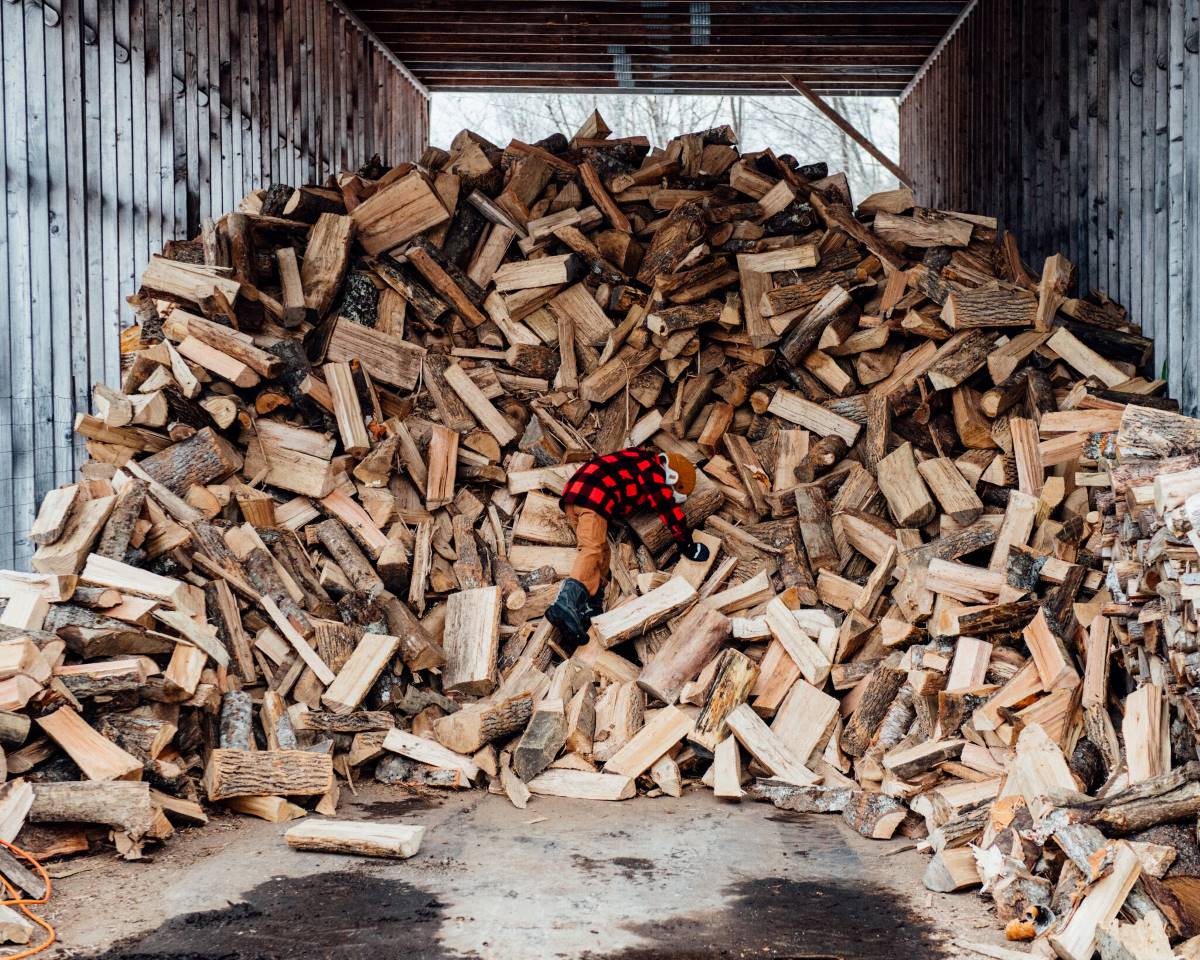
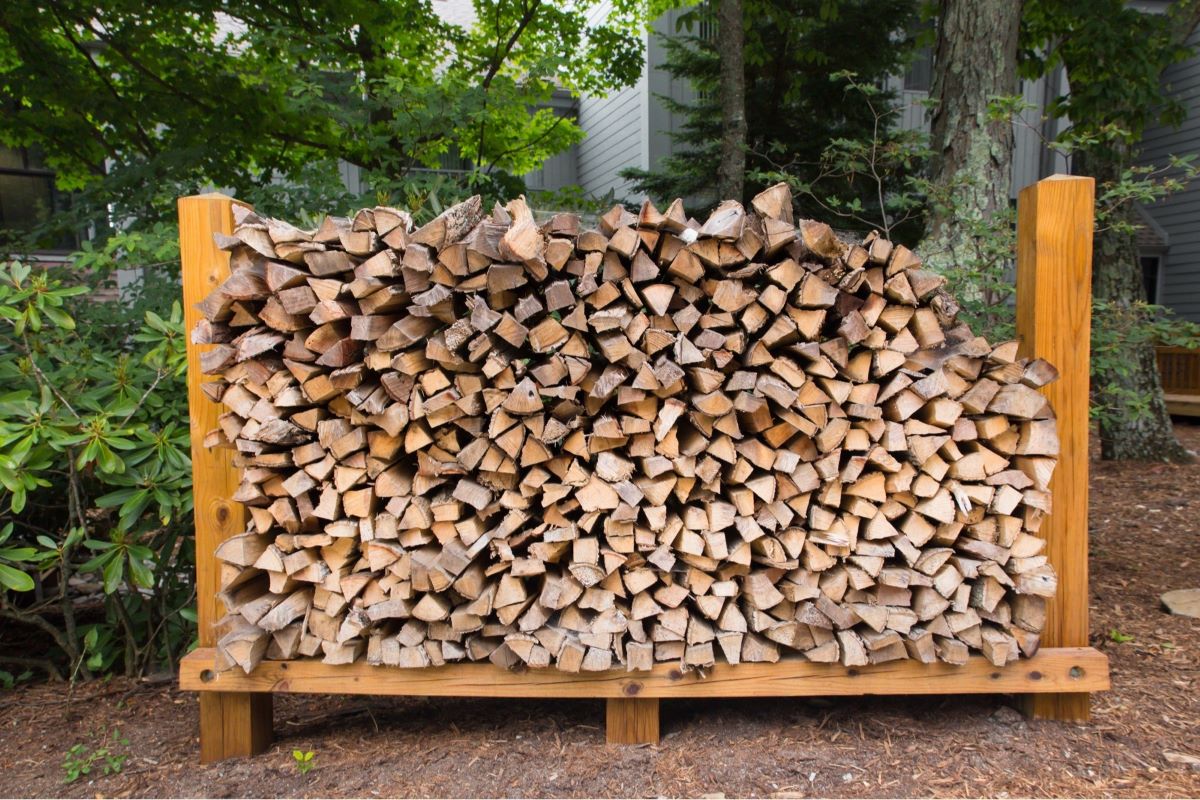
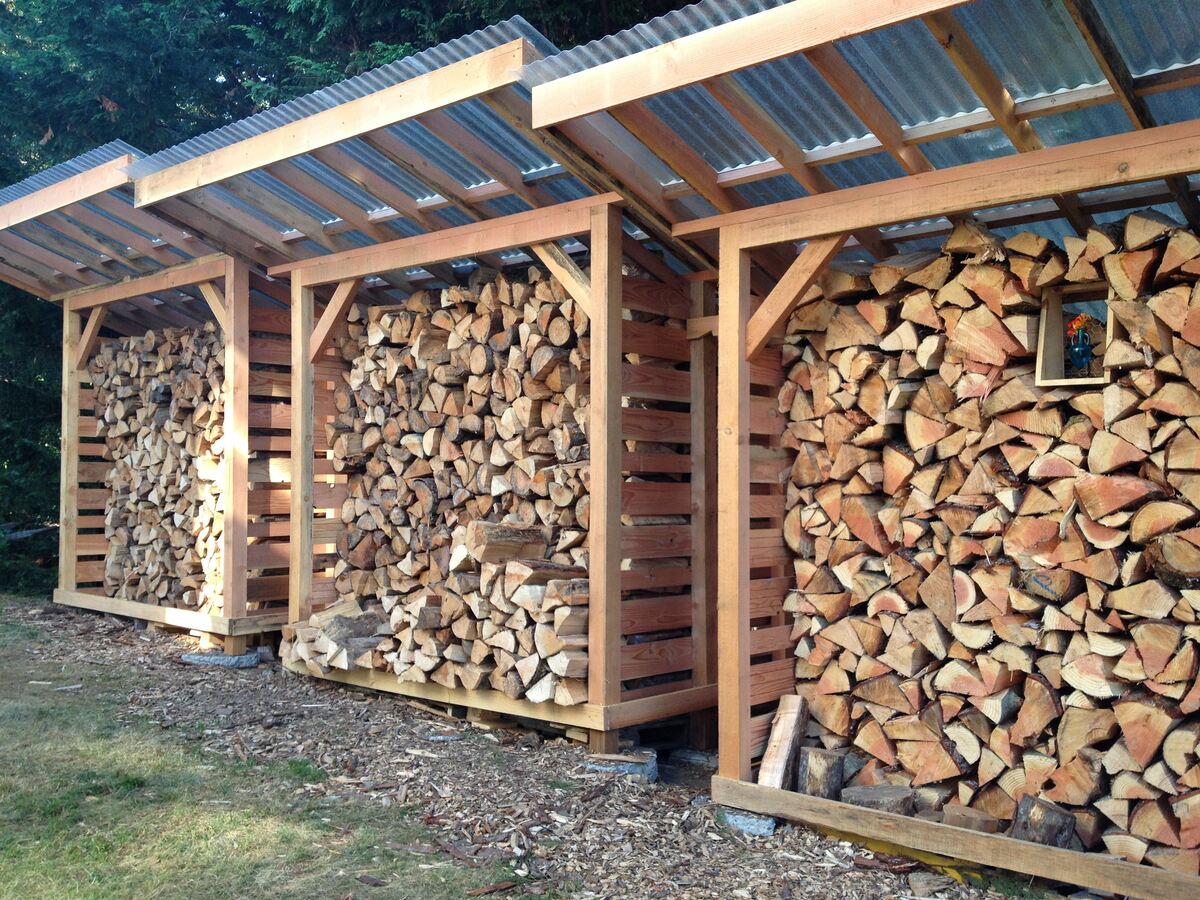


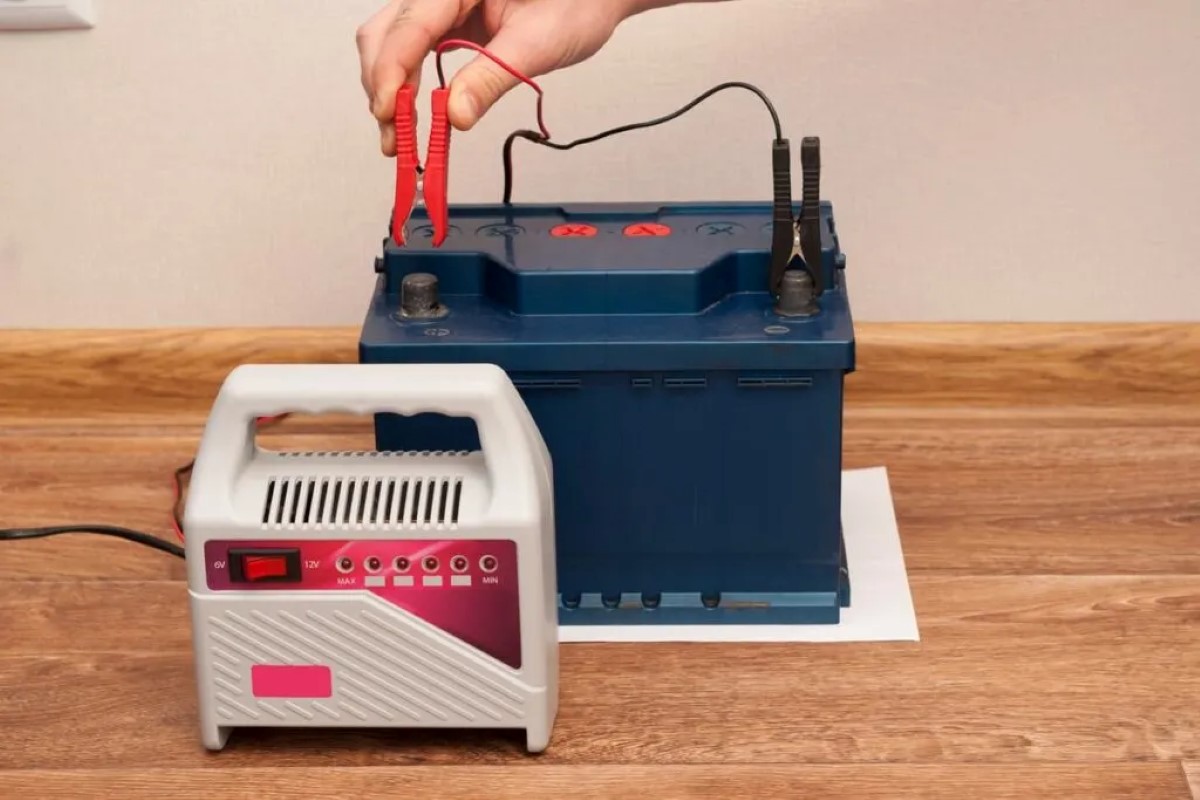
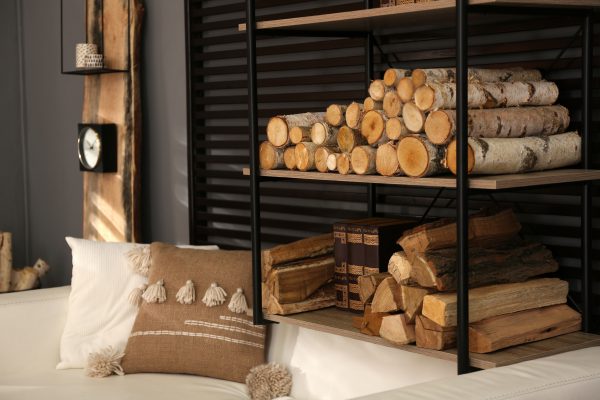


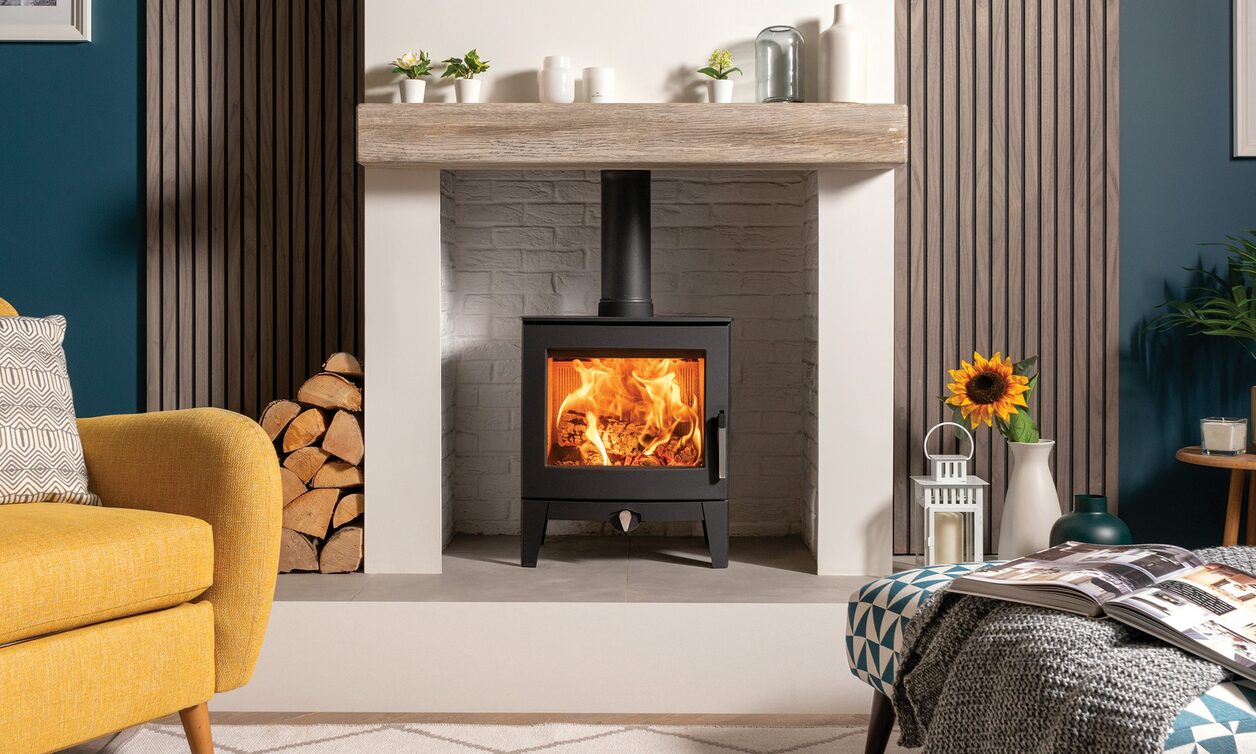





0 thoughts on “How To Store Firewood Indoors”